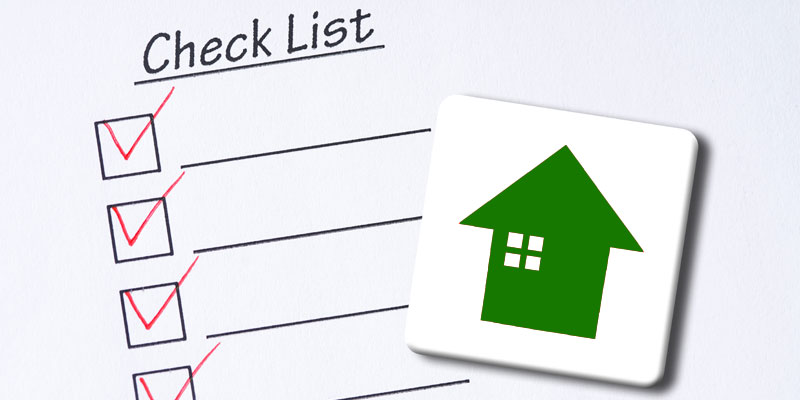There are a myriad of things you can do to retrofit your home depending on the size of project you are ready to take on. Remember, small things can make a big difference!
- Lighting – With lighting representing around 10% of consumption, switching to energy efficient bulbs is not only essential, it’s a quick, easy, and low-cost place to start! Local electric companies sometimes offer discounts on Compact Fluorescent Light (CFL) Bulbs as well as lighting fixtures. You may find rebates and special offers to save on energy efficient upgrades to your space.
- Ventilation – This speaks to the exchange of stale, indoor air with fresh outside air as well as circulation of air within a space. If a whole house fan isn’t an option, a way to achieve air exchanges in an existing home would be to use exhaust vent fans in your bathroom, garage, and laundry rooms.
- Insulation– The quality of home insulation is directly correlated to heating costs. Addressing the condition of your housing envelope when you have the opportunity is important. Consider replacing the roof, having sheet rock removed, and siding replaced.
- Material Use– Salvaging and reusing materials during your retrofitting project is very effective. When this is not possible, working to incorporate locally produced or sustainable materials is a good alternative. Be sure to look for low volatile organic compound (VOC) paints and finishes as these are best for healthy indoor air.
- Renewable Energy–With demand for home solar panels and wind turbines, the materials are becoming more affordable and are readily available. Equipping your home with renewable energy sources not only will increase your home value, it will save you money on utility bills and can potentially free you from reliance on the electrical grid.
- Plug Load– This, referring to the energy used by equipment plugged into an outlet, which represents a large and often overlooked piece of energy consumption. Plug Load Monitors are a useful tool which allow you to see how much energy your devices use, helping you determine what should be unplugged. Additionally, many of today’s smart appliances can be connected to smart electric meters to adjust energy use during off-peak hours.
- Follow this quick 5-step process to achieve plug load reduction:
- Review: Identify your needs, inventory your equipment and focus on the devices that use the most energy–usually, that’s the equipment you use the most.
- Remove: Eliminate or unplug unnecessary devices.
- Replace: When it’s time to replace, purchase the most energy-efficient devices for the job.
- Reduce: Turn it off or power it down when not in use.
- Retrain: Engage those you share the space with to make sure they understand why, when and how to power down.
- Follow this quick 5-step process to achieve plug load reduction:
- Seal Air Drafts– The tighter the building envelope, the less unwanted circulation and ventilation of your home. Heat can escape through unsealed windows, outlets, ducting, doorways, and more. Sealing your home is one of the most inexpensive retrofits that can net you great energy savings.
- Upgrade or Weatherize Windows and Doors– Depending on the age of your home and its doors and windows, upgrading the doors and windows can make a significant difference. With today’s double and even triple pane windows, the energy saved in heating costs is significant.
- Service Your HVAC System– Conducting regular service of your HVAC system, as well as cleaning or replacing filters, can save you money and keep them running at optimal levels. When upgrading your furnace, choose an Annual Fuel Utilization Efficiency (AFUE) rating of at least 92%.
- Upgrade Skylights– If your skylight is single pane, drafty, or otherwise inefficient, your home can lose a lot of warmth on account of heat rising.
- Install a Programmable Thermostat– A smart, efficient, programmable thermostat can help you save a great deal on your heating costs.
- Decrease Water Usage– Install WaterSense toilets, shower heads and faucet aerators. WaterSense, a voluntary, national partnership program between the EPA and plumbing product manufacturers, helps consumers identify products that meet standards for water-efficiency. WaterSense-labeled products are certified to use at least 20 percent less water while saving energy and performing better than other models.
- Plant Trees– Trees provide shade in the summer and help protect from wind in the winter which can aid in keep energy costs down year-round.
- Low Impact Development – This is a sustainable storm water practice that helps manage runoff as more of the ground surface area is covered by man-made facets.

